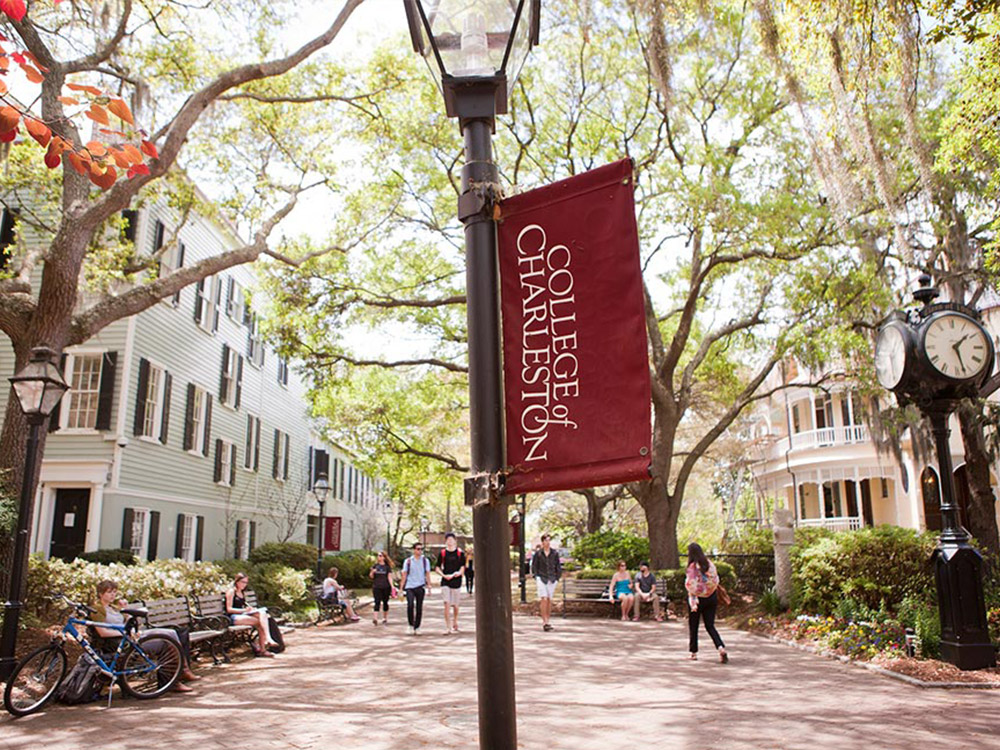 |
| Outside of the Jail |
 |
| Replica rope for hanging |
In the next room we saw replicas of what the cells would have looked like and learned more stories and facts about the jail, it was hard for me to pay attention in this room because it was so much bigger but felt so much colder. It was a creepy kind of cold.
Glenn began to tell his story of who he thinks is the most haunted inmate in the jail and immediately my ears shot up, he said, "Livinia Fisher is most infamous. What people hear about her isn't true". She was a beautiful women who would act like a damsel in distress on the high way in North Charleston. Men driving caravans of goods would pull over to help her. Then before they knew it her gang would jump out and kill the man and rob them. Eventually after many murderers they got caught, and Livinia had to spend time in prison. Being good looking and the only female around dangerous men, the things that happened to her were not good.
 |
| One of the rooms inside. Replica jail cell |
The next two rooms continued to get colder but I found them to be less interesting. We saw the place where Glenn McKenzie witnessed a real ghost and saw what used to be the medical room when the jail housed war criminals.
Leaving the jail and prison yard was a huge relief and I was happy to be able to go home. I may think sharing a dorm room is tight space, but it is nothing compared to the prisoners corridors.












































